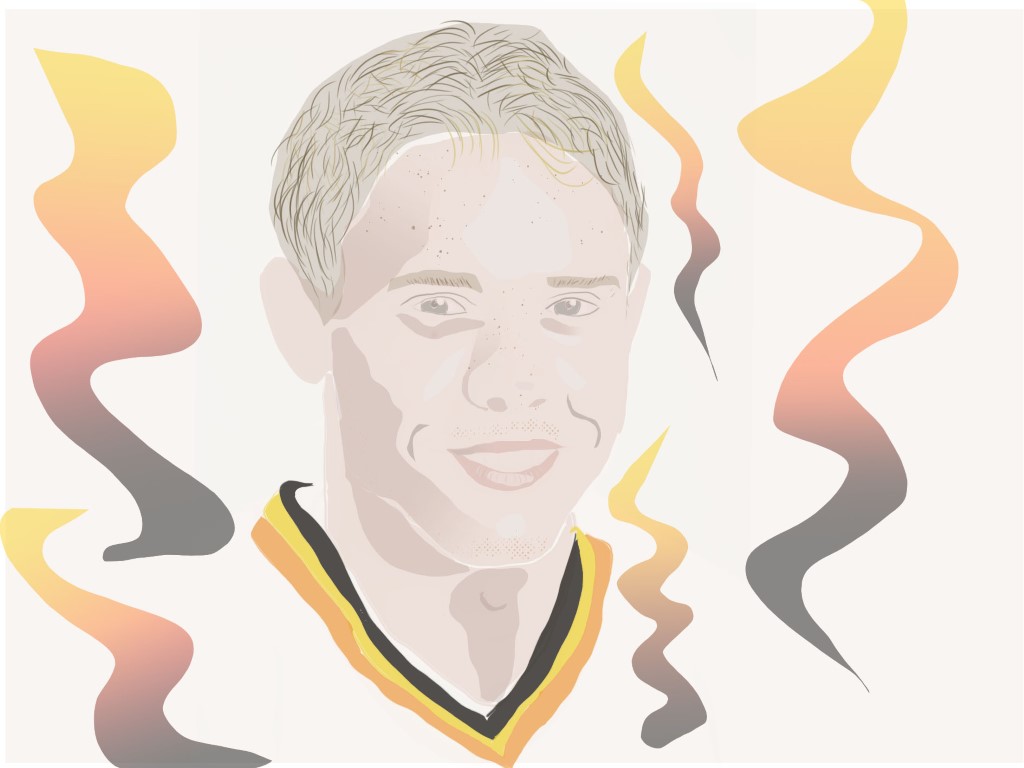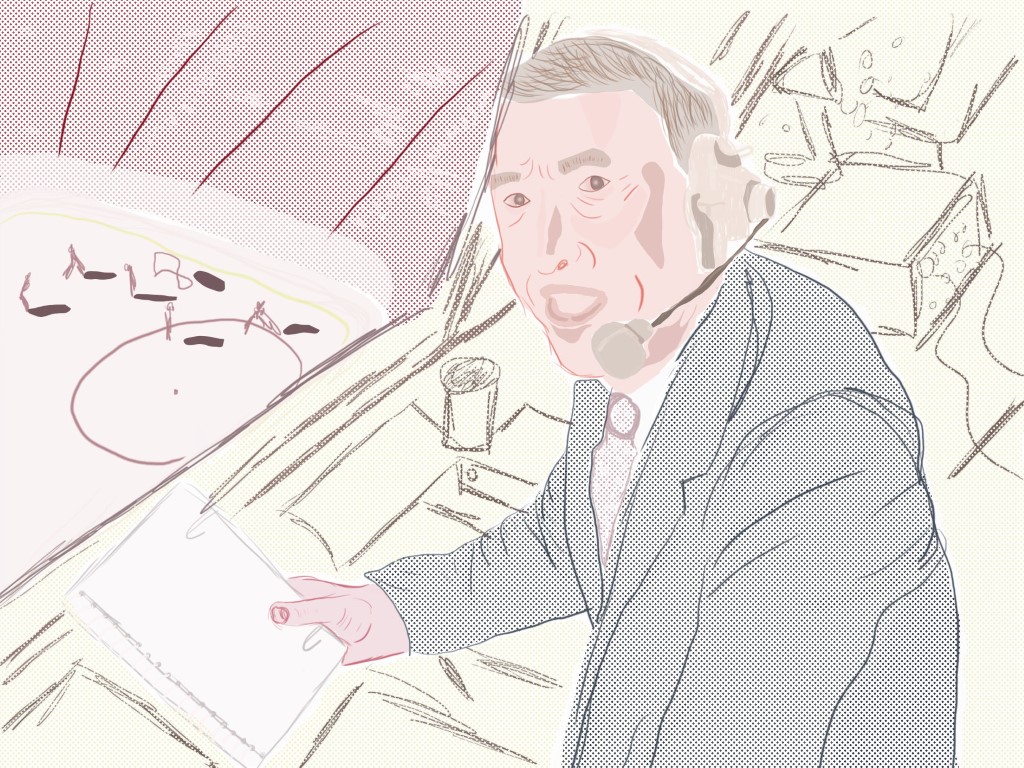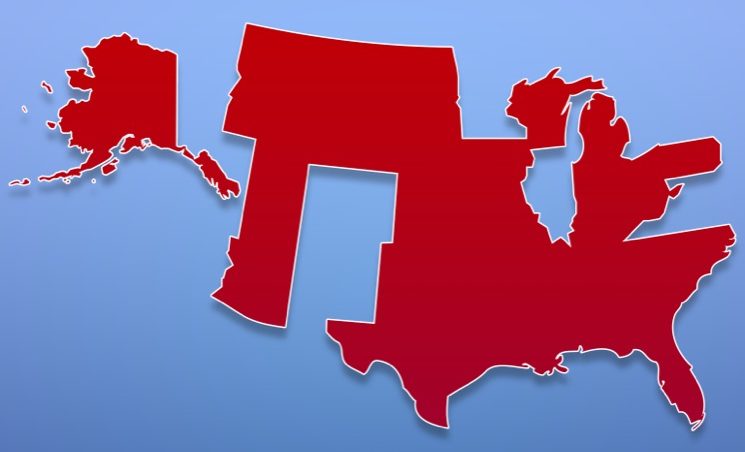
Thirty years ago Vancouver Canuck fans witnessed the franchise’s first superstar player
By Brandon Yip, Senior Columnist
“Pavel just taking off like a rocket and skating through the entire Winnipeg Jets team for an incredible scoring chance is etched in my mind.” – Al Murdoch
The Vancouver Canucks have been in the NHL since 1970. The team has never won a Stanley Cup—though they’ve appeared in three cup finals: 1982, 1994, and 2011.
Throughout the first 20 years of the team’s history, the Canucks had some very good players: André Boudrias, Thomas Gradin, Ivan Hlinka, Darcy Rota, Tony Tanti, Stan Smyl, Patrik Sundström, and Trevor Linden. But the franchise did not have a superstar gamebreaker—a player who could bring fans out of their seats. However, that changed with the arrival of the “Russian Rocket,” Pavel Bure, in November 1991. Bure was drafted 113th overall by the Canucks in the 1989 NHL Entry Draft.
The man who discovered Bure was Mike Penny, who was a scout for the Canucks during the late 1980s. It was when Penny flew to Russia to watch the Russian national (junior and senior) teams playing that he saw Bure in a game against the Finnish national team in Vierumaki on Christmas Day. Penny then watched Bure put on a show at the 1989 World Junior Championship in Anchorage, Alaska—and it was around then that other scouts began to take notice as well. Penny remembers how well Bure played, stating in a television segment called Pavel Bure: His First Game, produced by the Vancouver Canucks in November 2012: “He excelled. I mean, you didn’t need a program. Once he was on the ice and you watched him you thought, ‘holy smoke—I got to find out who this guy is!’”
There was initially some dispute when the Canucks selected Bure during the 1989 NHL Entry Draft. NHL teams were aware of Bure, but many felt he had not played enough games to be considered eligible for that year’s draft. Not to be deterred, Penny did his research and enlisted the help of a Soviet statistician who provided Penny with enough game log sheets to help Bure’s case. Later, Penny cross-referenced those records with the International Ice Hockey Federation (IIHF) to confirm his findings and remove any doubts.
Bure’s draft eligibility was not the only hurdle the Canucks encountered in trying to sign him: the Canucks also had to pay the Russian Ice Hockey Federation a large sum of money. Tony Gallagher of The Province reported in his October 1991 column that, “Bure is delighted to be joining the Canucks after a total of $250,000 US was paid to the Red Army—$200,000 from the NHL team and $50,000 from Bure.”
Bure would finally arrive in Vancouver on November 1, 1991 and was introduced during a press conference at the Pacific Coliseum. Bure was accompanied by GM and president, Pat Quinn, and an interpreter. The Russian starlet was all smiles and looked incredibly shy. On November 3, the Canucks practiced at Britannia Rink in East Vancouver with Bure taking part; it was probably the most anticipated practice in Canuck history, and the rink was understandably filled to capacity. Two days later, Bure made his Canuck debut in a home game against the Winnipeg Jets.
Before the game started, Bure stood at the blue line, chewing gum, looking simultaneously nervous yet confident. The booming voice of late Vancouver Canuck PA announcer John Ashbridge introduced the newest Canuck to the home crowd: “Starting at right wing… Please welcome the newest member of the Vancouver Canucks, wearing number 10, Pavel Bure!”
“Pavel Bure remains the most exciting player in the history of the Vancouver Canucks and arguably the most talented.” – Jim Robson

Retired Hall of Fame Vancouver Canuck play-by-play broadcaster Jim Robson still remembers the excitement of calling Bure’s first game in a Canuck uniform: “Everyone in the sellout crowd at the Pacific Coliseum will forever remember his debut,” Robson said in an email interview with the Other Press. “I think he stick handled the length of the ice in a spectacular rush on his first shift. He dazzled all night but didn’t score. The NHL did not issue shots on goal by individuals during a game, but I think Pavel had seven or eight [shots on goal].”
Current Vancouver Canuck PA announcer Al Murdoch also recalls the impact (then simply as a Canuck fan) Bure’s debut game had on him: “Pavel just taking off like a rocket and skating through the entire Winnipeg Jets team for an incredible scoring chance is etched in my mind,” Murdoch said in an email interview with the Other Press. “Nobody had seen that kind of speed and skill that he brought to the NHL. I think he had [three] shots on goal that game, didn’t score but he drew a bunch of penalty minutes because the Jets just couldn’t contain him. The Canucks had literally caught lightning in a bottle with Pavel Bure and from that first game on he made all Canucks fans rise out of their seats every time he touched the puck.”
Bure’s debut ended without him recording a point, and the game was a 2-2 tie, but none of that mattered—Vancouver Canuck fans had just witnessed the team’s first real superstar. Bure played on the fourth line that evening, alongside Gino Odjick and Ryan Walter; Robson remembers Walter’s thoughts about his new linemate: “Walter said later he turned to Gino at the bench and said, ‘I don’t think he’ll be on our fourth line again.’”
In his first season as a Canuck, Bure played 65 games and finished with 60 points (34 goals and 26 assists), resulting in a Calder Trophy (top rookie) for the 1991-92 season. The Russian Rocket followed up his sensational start by scoring 60 goals in back-to-back seasons (1992-93 and 1993-94). In the spring of 1994, the Canucks made a run to the Stanley Cup Final but ultimately lost to the New York Rangers in the seventh game at Madison Square Garden. Bure’s postseason stats were predictably remarkable: 24 games played with 31 points (16 goals and 15 assists).
Bure’s mercurial rise resulted in him becoming a fan favourite, and his profile and popularity increased exponentially; he became a local celebrity, even being photographed with Chicago Bulls’ star, Michael Jordan, in the mid-1990s at Rogers Arena (then called GM Place). However, it appeared at times that Bure did not enjoy the media spotlight, as Robson states, “I don’t think Pavel ever enjoyed the stardom around town and found it tough to ‘hide’ in Vancouver like he could later in Florida [and] even New York.”
On the ice, however, there was no spotlight too bright for him, and Bure showed that he was more than just an exciting goal scorer—even proving to have a mean streak when provoked. Bure’s edge was evident when he delivered a vicious elbow to Dallas Stars enforcer Shane Churla during game two of the Canucks’ second-round series against Dallas in May of 1994. Don Cherry, in his video compilation, Don Cherry’s Rock’em Sock’em 6, called it “the mother of all elbows.” Robson recalls that play very well: “I sure remember the elbow on Shane Churla in Dallas in the playoffs. It would have been suspendable today but went undetected in [1994], although I think the league fined Pavel $500, the maximum allowed. Pavel was sending a message for Churla’s stick work on him. Pavel was very [competitive] and well-built but didn’t take a lot of penalties.”
After the game, Churla was incensed, telling reporters: “If it was the other way around, I’d be gone for 15 games at least. People would be calling me the biggest goon in hockey.” Bure defended his actions when he spoke with reporters: “It’s not my style, but I had no choice. They’re trying to kill me. I’m lucky I didn’t get hurt.”
In the late 1990s, the Canucks were a team in turmoil. Despite signing Mark Messier in July 1997 to a three-year contract worth $18 million, the team struggled the following season. The front office also faced instability. Head coach Tom Renney and general manager Pat Quinn were both fired in November 1997. Mike Keenan was later hired as head coach. Unfortunately, the coaching change did not help, and the Canucks missed the playoffs—finishing the 1997-98 season with a 25-43-14 record (seventh place in the Pacific Division and 13th and last in the Western Conference).
Amidst the team’s failings Bure was the lone bright spot—finishing the season with 51 goals and 39 assists for 90 points; it would also be his final season as a Vancouver Canuck. Bure held out the following year (with one year remaining on his contract). The star winger asked management for a trade and his wish was granted when he was dealt to the Florida Panthers in January 1999. Robson understood why Bure wanted to leave Vancouver and why a change of scenery was perhaps was what he needed: “I give him credit in many ways. He was not getting paid and just waited for a trade. I don’t know all the reasons but the Canucks of the late [1990s] were a team in turmoil from the top down. Ownership, management, coaching all factors. It was hard to imagine a team with Pavel, Mogilny, Messier, Linden, Naslund, Lumme, Ohlund, etc. [And also] missing the playoffs in [1998], but they did even with Mike Keenan at the bench.”
Bure played four seasons in Florida and found some success—including scoring 58 goals during the 1999-2000 season and 59 goals the next year. The Russian Rocket eventually retired due to injuries with the New York Rangers in 2003.
Although Bure’s time as a Canuck did not end on the best of terms, fans still remember the impact he made during his seven seasons with the team (1991 to 1998). The winger was inducted into the Hockey Hall of Fame in November 2012, and in November 2013, the Canucks retired Bure’s number 10 jersey. Prior to his jersey retirement ceremony, Bure, in an interview uploaded by the Vancouver Canucks to YouTube in October 2013, reflected on his first game as a Canuck: “But obviously, when I stepped on the ice here for the first time, it was incredible. It was [a] full building and the energy and everybody supporting you [was overwhelming].”
Three decades after Bure made his Vancouver Canuck debut, Robson still can’t say enough about him: “Pavel Bure remains the most exciting player in the history of the Vancouver Canucks and arguably the most talented. Everything he did was at top speed and some of the goals he scored rank as the team’s best ever. He scored 254 goals for Vancouver in only 428 games and still holds a team record for shorthanded goals (24). He also produced in the playoffs despite tight checking, with 34 goals and 66 points in 60 playoff games. And who can forget his two consecutive 60-goal seasons. Despite his bitter departure, he certainly deserved to have his number 10 retired.”



